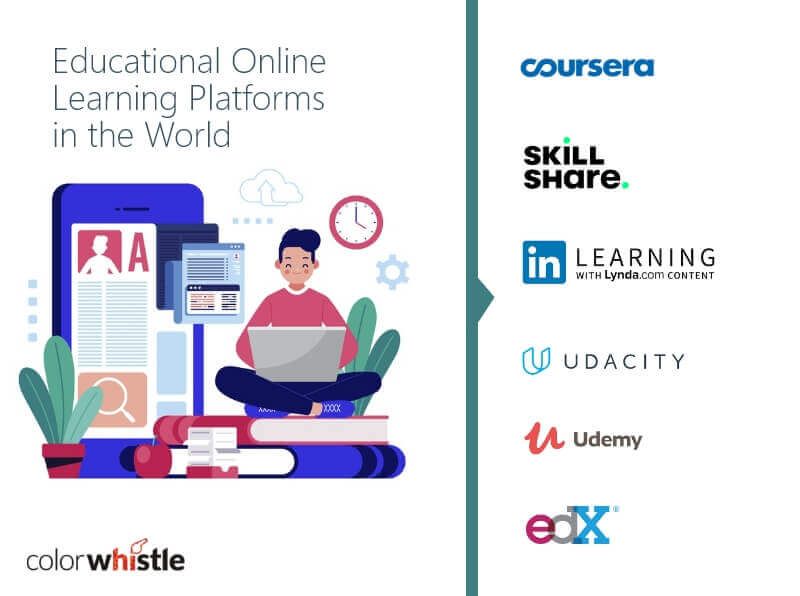
Designing Accessible Online Learning Experiences
Accessibility is crucial in online learning as it ensures that all students, regardless of their abilities or disabilities, have equal access to educational content. By designing accessible online learning experiences, educators can create a more inclusive learning environment and provide all students with the opportunity to succeed.
Understanding Accessibility Guidelines
When designing online learning experiences, it is important to adhere to accessibility guidelines such as the Web Content Accessibility Guidelines (WCAG). These guidelines outline the best practices for making digital content accessible to individuals with disabilities, including those who are visually impaired, hearing impaired, or have mobility impairments.
Creating Accessible Content
There are several ways to ensure that online learning content is accessible to all students. This includes using alt text for images, providing transcripts for videos, and using clear and concise language. Additionally, designers should avoid using color as the sole means of conveying information and ensure that content is navigable using keyboard controls.
Developing Accessible Online Courses
When developing online courses, it is important to consider the needs of all students and design the course with accessibility in mind. This includes providing multiple means of representation, action, and expression to accommodate different learning styles and abilities. Educators should also provide accessible materials such as accessible PDFs and audio descriptions for videos.
Testing and Evaluation
Before launching an online course, it is crucial to test the course for accessibility and usability. This includes conducting usability tests with individuals with disabilities to ensure that the course is inclusive and easy to navigate. Additionally, educators should regularly evaluate the course to identify any accessibility issues and make necessary improvements.
Conclusion
Designing accessible online learning experiences is essential for creating an inclusive learning environment and ensuring that all students have equal access to educational content. By adhering to accessibility guidelines, creating accessible content, developing accessible online courses, and testing and evaluating course accessibility, educators can design online learning experiences that benefit all students.

